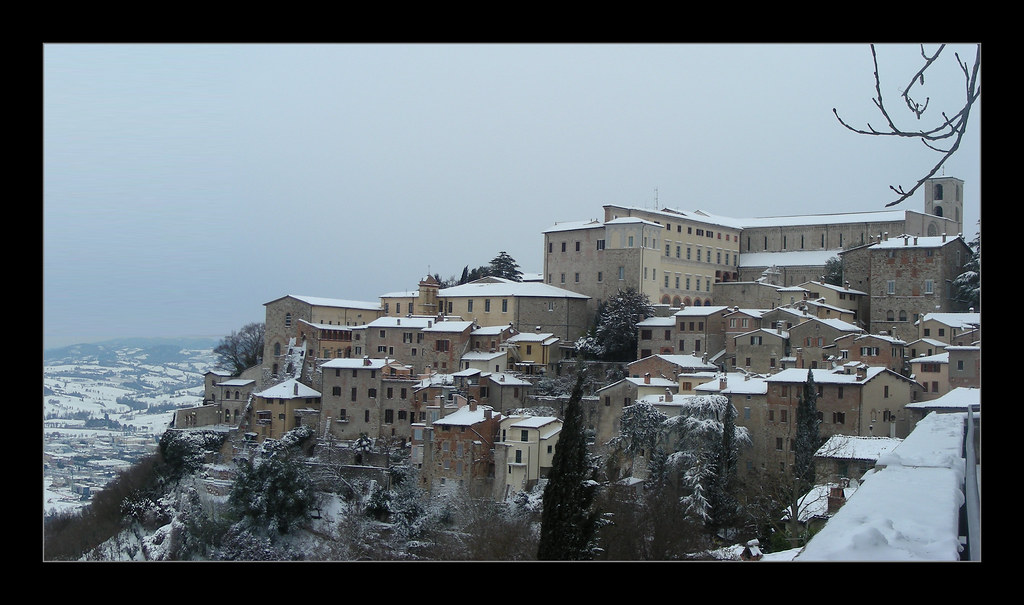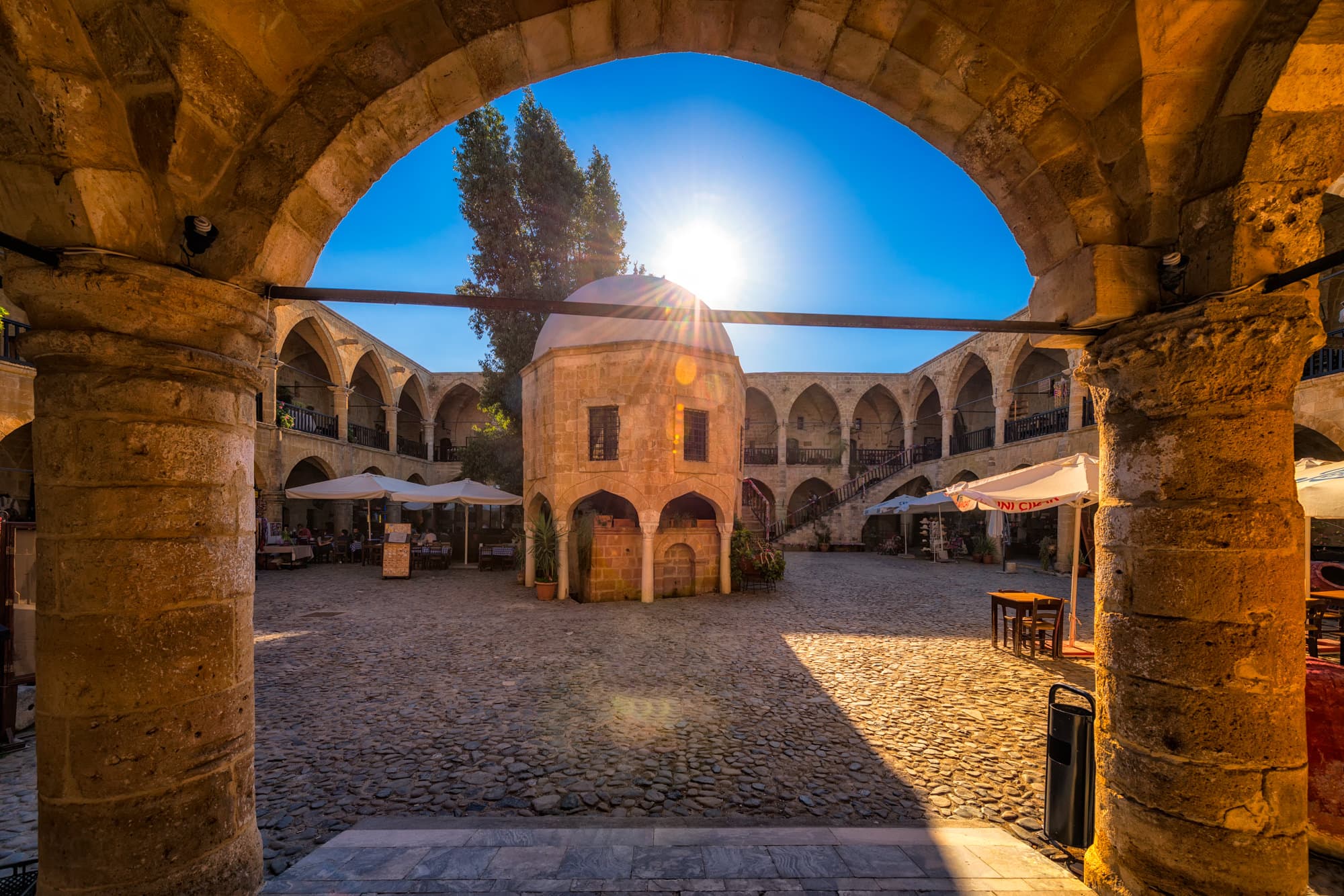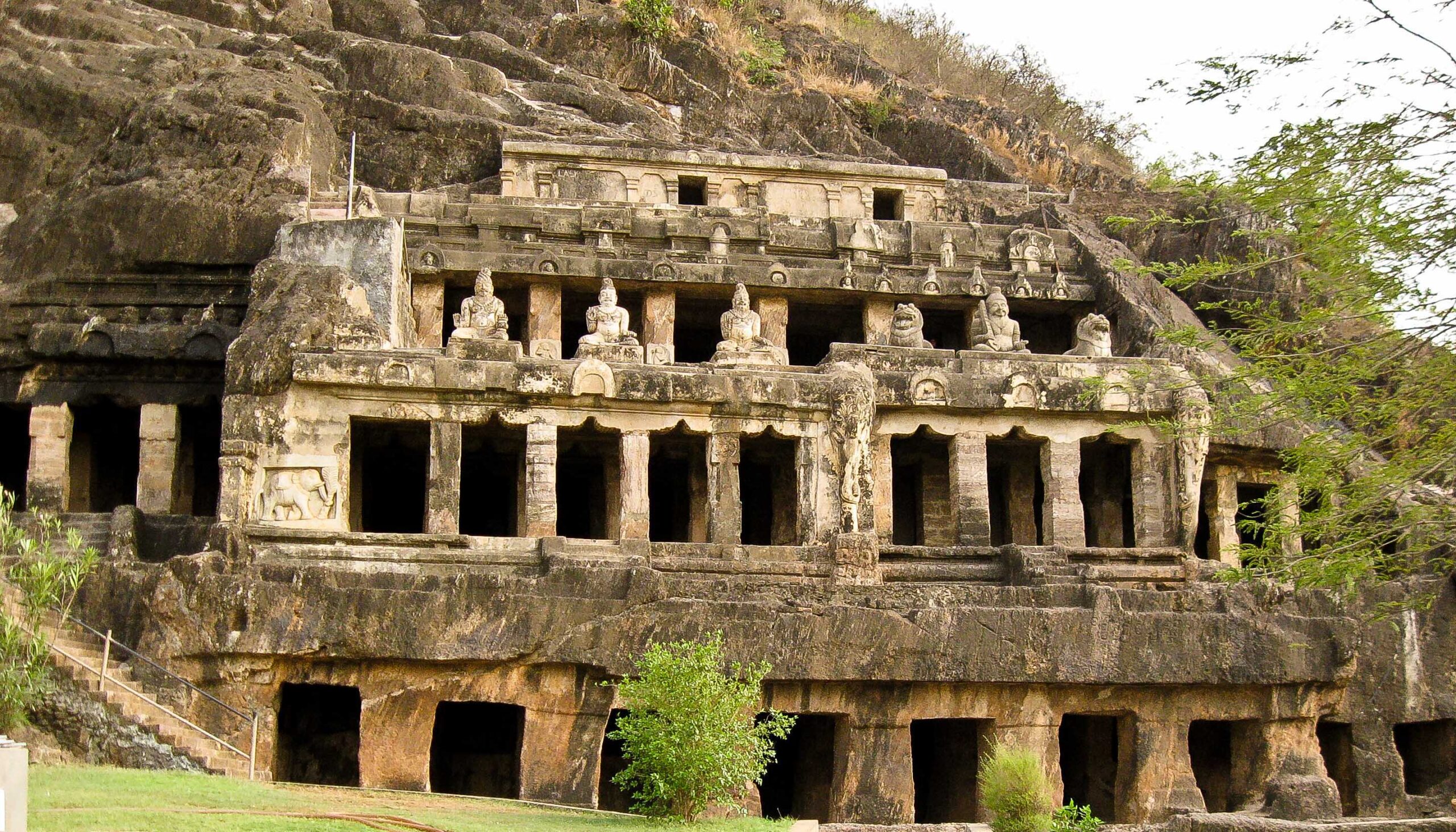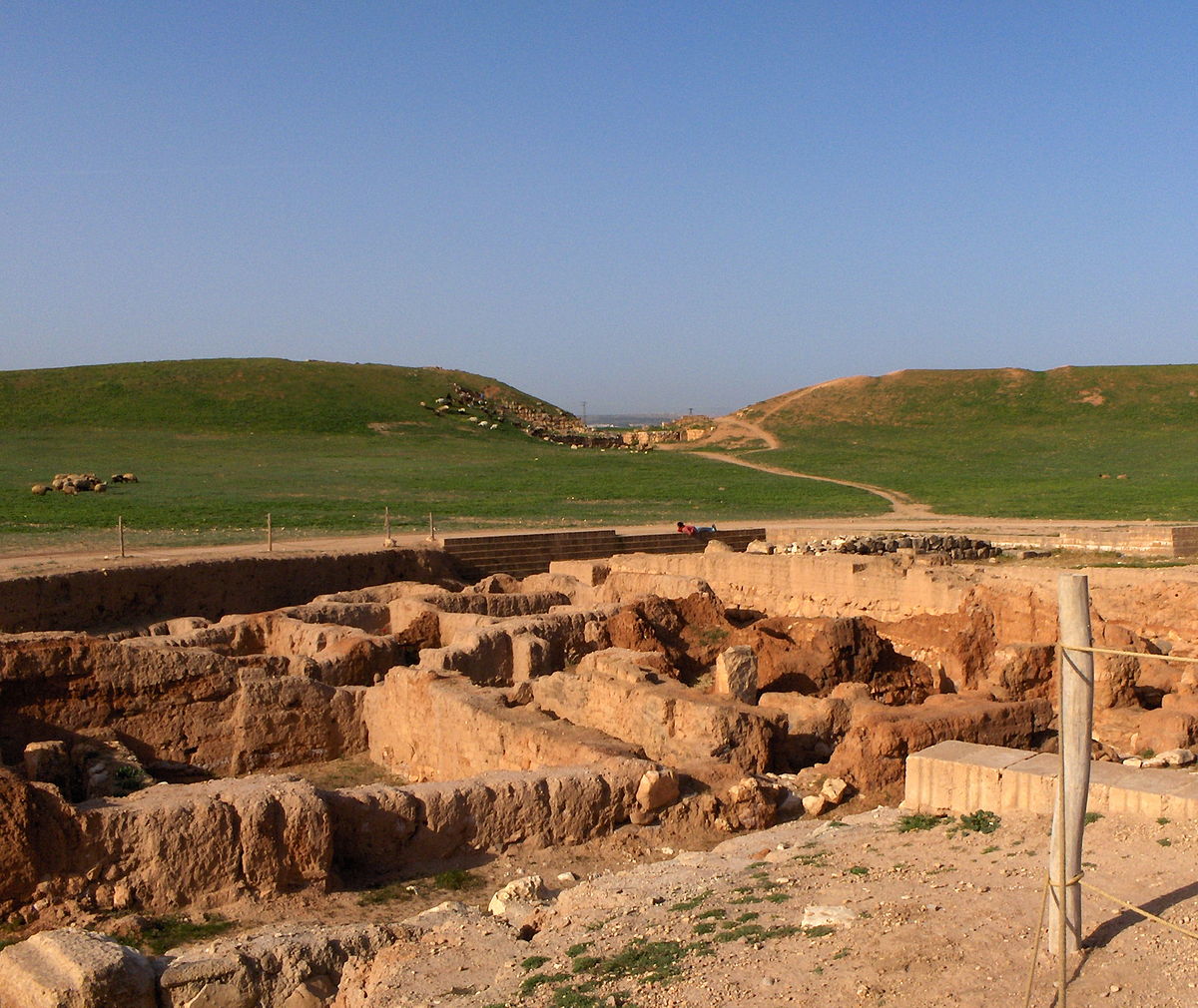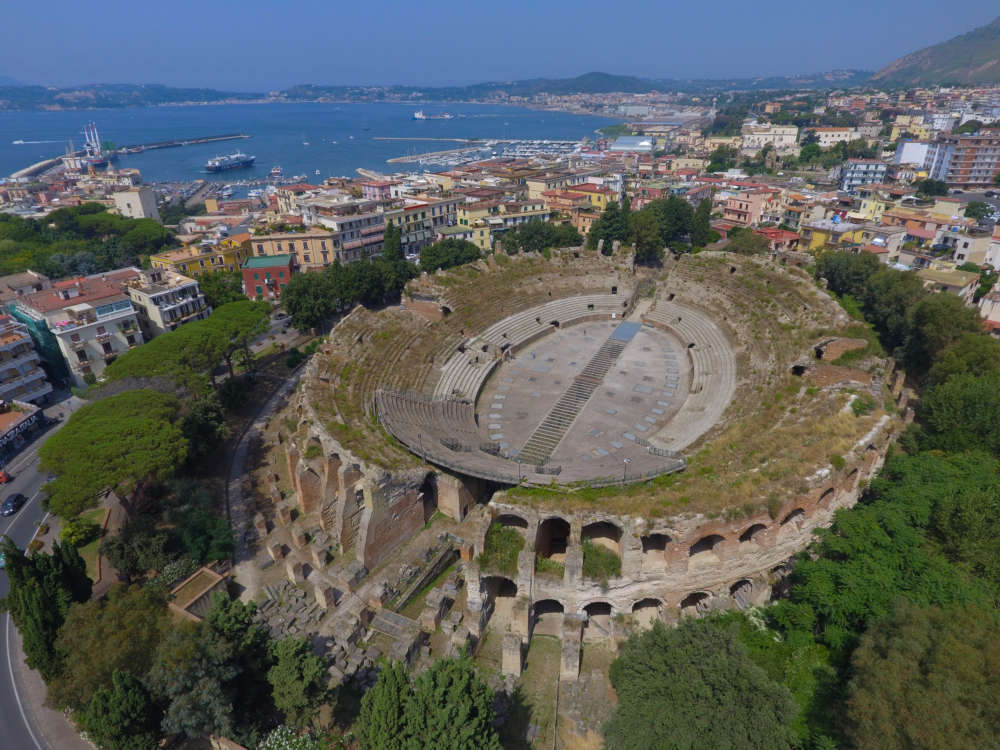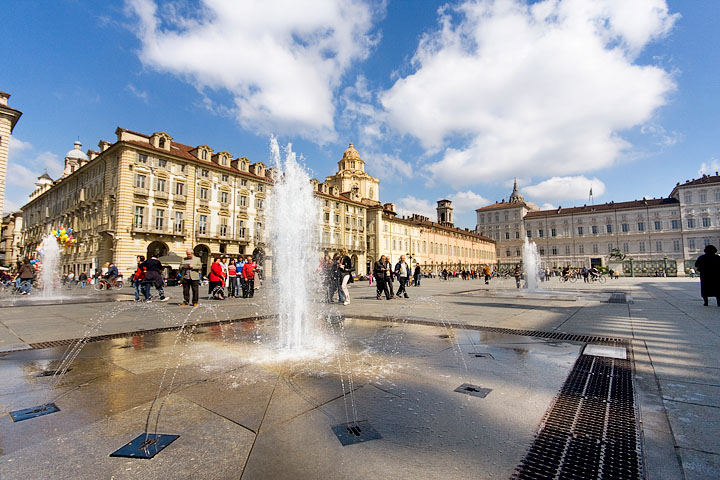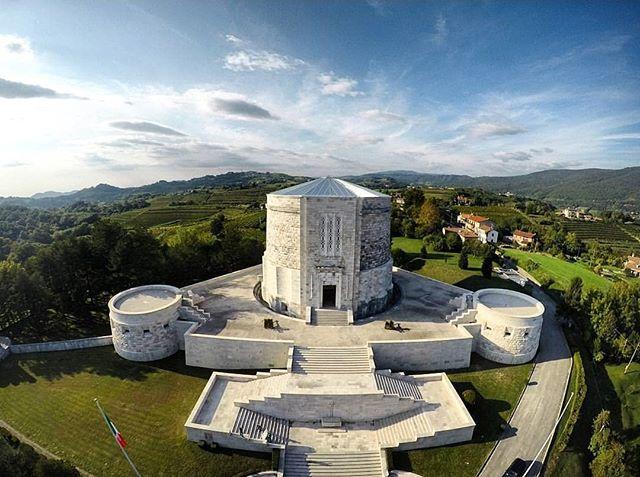Rione Valle, also known as Nidola because of the presence, inside it, of the Nido dell’Aquila, extends along Via del Seminario, so called because of the Bishop’s Palace, which was the seat of the diocesan seminary until the 1970s. The entrance portal of the palace, built by the will of Bishop Angelo Cesi in the sixteenth century, is attributed to Jacopo Barozzi da Vignola and is surmounted by the coat of arms of the Cesi family. The lower floors of the palace house the offices of the curia and the important Bishop’s Archive, while the upper floors are reserved for the residence of the bishop. Continuing along the road that descends in front of the Bishop’s Palace you will soon reach the Monastery of the Lucrezie, formerly of St. John the Baptist, which with its cloister open to the west is one of the most remarkable panoramic points of Todi. The monastery owes its name to the noblewoman Lucrezia della Genga, who bequeathed the building to the female Franciscan Third Order between the end of the 14th and the beginning of the 15th century. In the apse of the church attached to the monastery there is a cycle of frescoes dating back to the first half of the 17th century. Currently the rooms of the religious complex are used for theatrical performances and art exhibitions. This is the part of Todi called "Nido dell’Aquila" (Eagle’s Nest), from the discovery, in remote times, of a bird’s nest related to the well-known legend of the city’s foundation.
